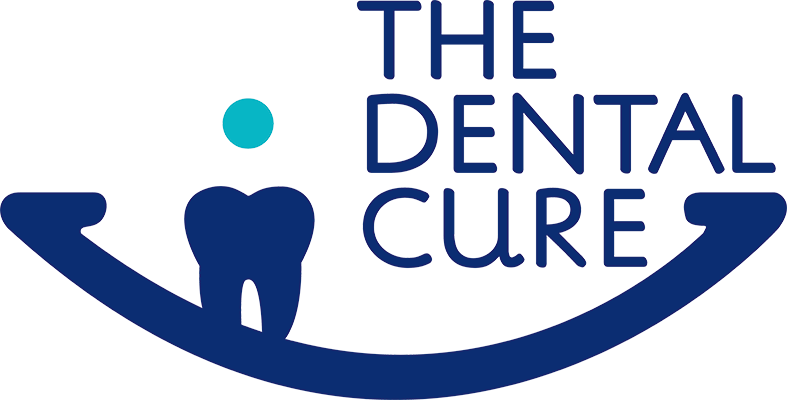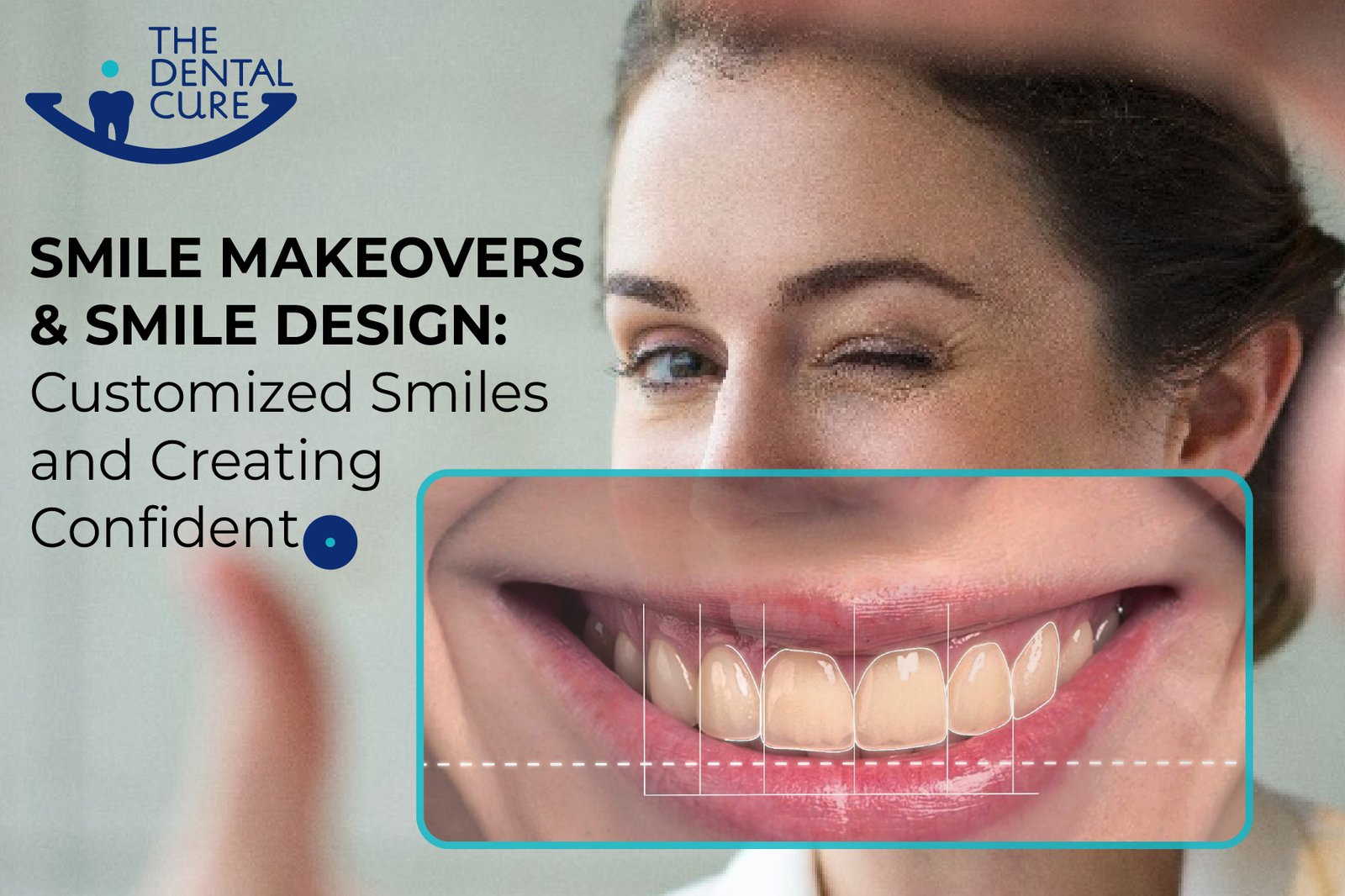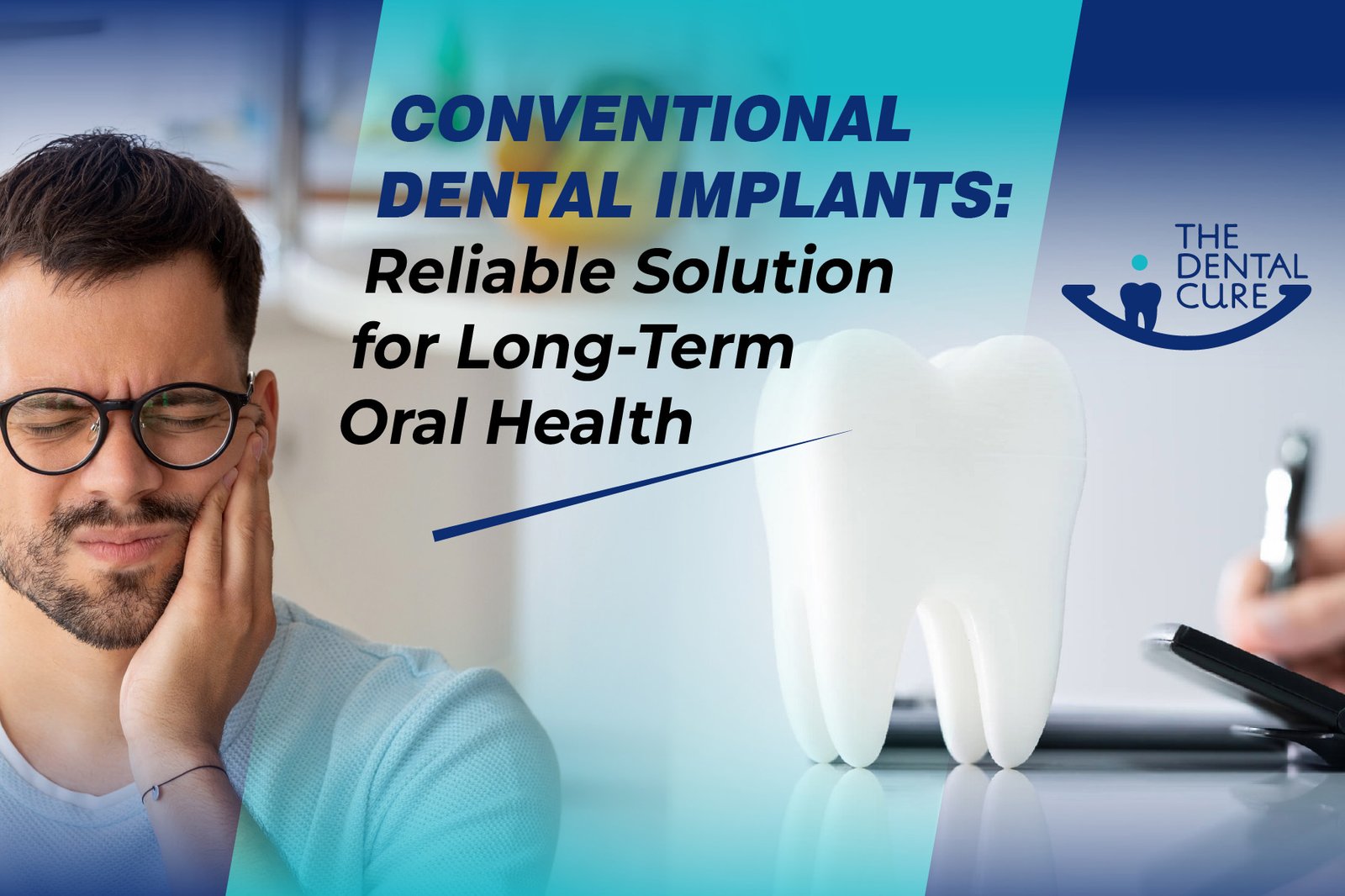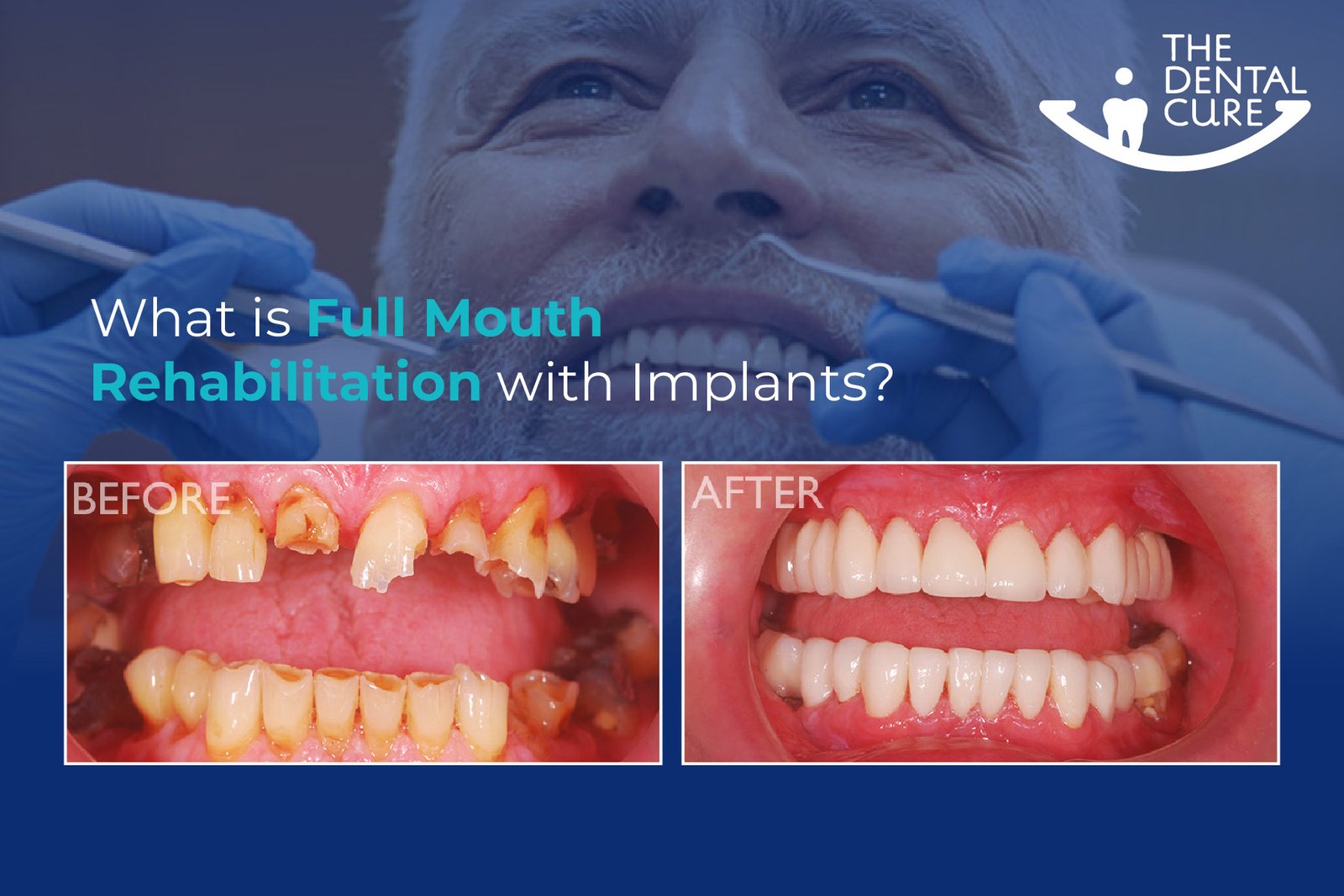
Visiting the dentist can bring up concerns about pain or sensitivity, but modern dentistry has made these worries a thing of the past. One key tool used by dental professionals is numbing gel, which ensures you feel no sensitivity during treatments. In this article, we’ll explore how numbing gel works, when it’s used, and why it’s a safe, effective way to ensure a pain-free experience at the dentist.
What is Numbing Gel?
Numbing gel is a topical anesthetic applied to your gums or skin before certain dental procedures. It’s used to desensitize the area, making sure you feel little to no discomfort during treatment. Common ingredients in numbing gels include benzocaine or lidocaine, which temporarily block nerve signals to prevent pain.
How Does Numbing Gel Work?
Numbing gel is in its working process a little different. It starts operating instantly as soon as it is applied on the gum or inside the mouth. It desensitizes the surface by ‘blocking’ the nerves from signaling your brain about the pain. This helps the dentists to undertake corrective methods without posing any discomfort on the bad teeth needed to be realigned. The gel is generally used prior to other invasive procedures for example; injections or very deep scrapes to ensure the patient is comfortable.
Common Uses of Numbing Gel in Dentistry
Numbing gel is versatile and used in various dental treatments. Some common scenarios include:
- Before injections: Dentists apply the gel to numb the surface of the gum before administering an injection, such as for a filling or extraction. This helps reduce the discomfort of the needle.
- During deep cleanings: For patients undergoing scaling or root planing due to gum disease, numbing gel helps ease discomfort during the procedure.
- Orthodontic adjustments: When braces are being adjusted or removed, numbing gel may be applied to reduce sensitivity in the gums or teeth.
Benefits of Numbing Gel in Dental Treatments
There are several key benefits to using numbing gel in dental procedures:
- Immediate pain relief: Numbing gel works within minutes, providing immediate relief for patients.
- Reduced anxiety: Knowing that numbing gel will be applied can ease a patient’s anxiety, especially for those with dental phobias.
- Quick recovery: The effects of numbing gel wear off quickly, allowing patients to resume normal activities shortly after their dental appointment.
Why Numbing Gel is a Safe Option
Numbing gel is a safe, non-invasive option for minimizing discomfort during dental treatments. Dentists carefully monitor the application to ensure that only the necessary amount is used. The gel is designed for temporary use and typically wears off within 30 to 60 minutes, depending on the treatment.
However, it’s essential to inform your dentist if you have any known allergies or sensitivities, especially to anesthetics like benzocaine or lidocaine, to ensure the right product is used.
What to Expect After Numbing Gel Application
Once the numbing gel is applied, you may feel a tingling or numbing sensation in the area. This feeling typically lasts for the duration of your procedure and begins to wear off soon afterward. During this time, avoid eating or drinking until the numbness has fully subsided to prevent accidentally biting your cheek or tongue.
Is Numbing Gel Suitable for Everyone?
Numbing gel is generally safe for most patients, including children and those with dental anxiety. It’s a popular choice for individuals who are nervous about needles or those who experience discomfort during procedures like deep cleanings. As always, discussing your medical history with your dentist is essential, so they can tailor the treatment to your needs.
How Numbing Gel Improves the Dental Experience
Incorporating numbing gel into dental procedures makes a significant difference in patient comfort. Whether you’re undergoing a minor procedure like a filling or a more involved treatment like gum therapy, numbing gel ensures that your visit is as pain-free as possible. This is especially beneficial for patients with a low pain tolerance or heightened sensitivity in their teeth and gums.
Conclusion
Numbing gel is a safe, quick, and effective way to reduce sensitivity and pain during dental procedures. By temporarily numbing the treatment area, it allows patients to have a more comfortable and anxiety-free experience. Next time you visit the dentist, rest assured that numbing gel will help make your appointment smooth and virtually pain-free.
Frequently Asked Questions (FAQs)
- What is numbing gel made of?
Numbing gel typically contains anesthetics like benzocaine or lidocaine, which temporarily block nerve signals to prevent pain. - How long does numbing gel last?
The effects of numbing gel generally last between 30 to 60 minutes, depending on the procedure and the area of application. - Is numbing gel safe for children?
Yes, numbing gel is often used in pediatric dentistry to ensure children feel comfortable during treatments. Always consult with your dentist to ensure it’s appropriate for your child. - Can I eat or drink after applying numbing gel?
It’s best to wait until the numbness has worn off before eating or drinking to avoid accidentally biting your cheek or tongue. - Does numbing gel have any side effects?
In most cases, numbing gel is safe and free of side effects. However, some patients may experience mild irritation or an allergic reaction. Always inform your dentist of any known allergies.
For More Visit: https://thedentalcure.com/







